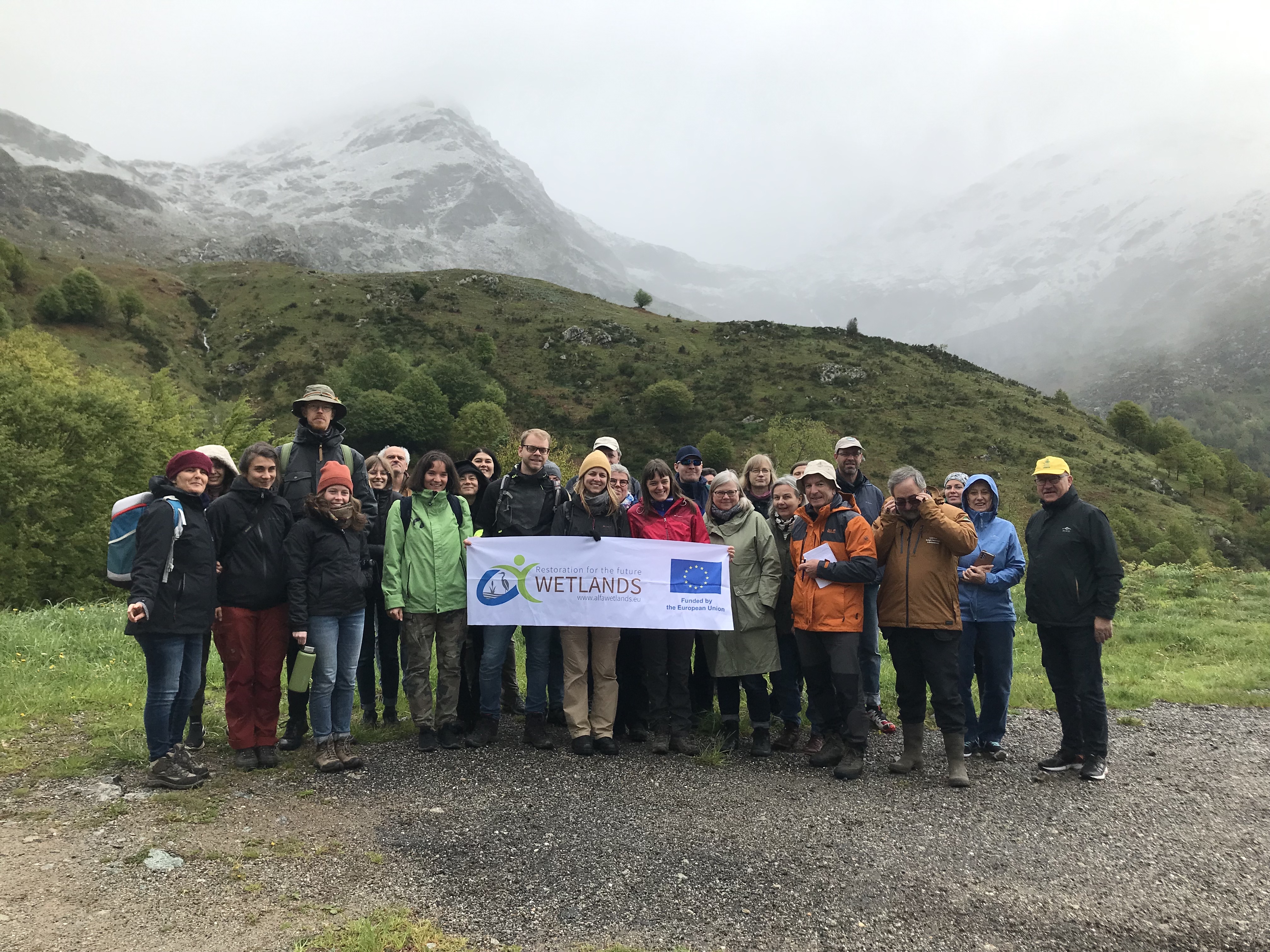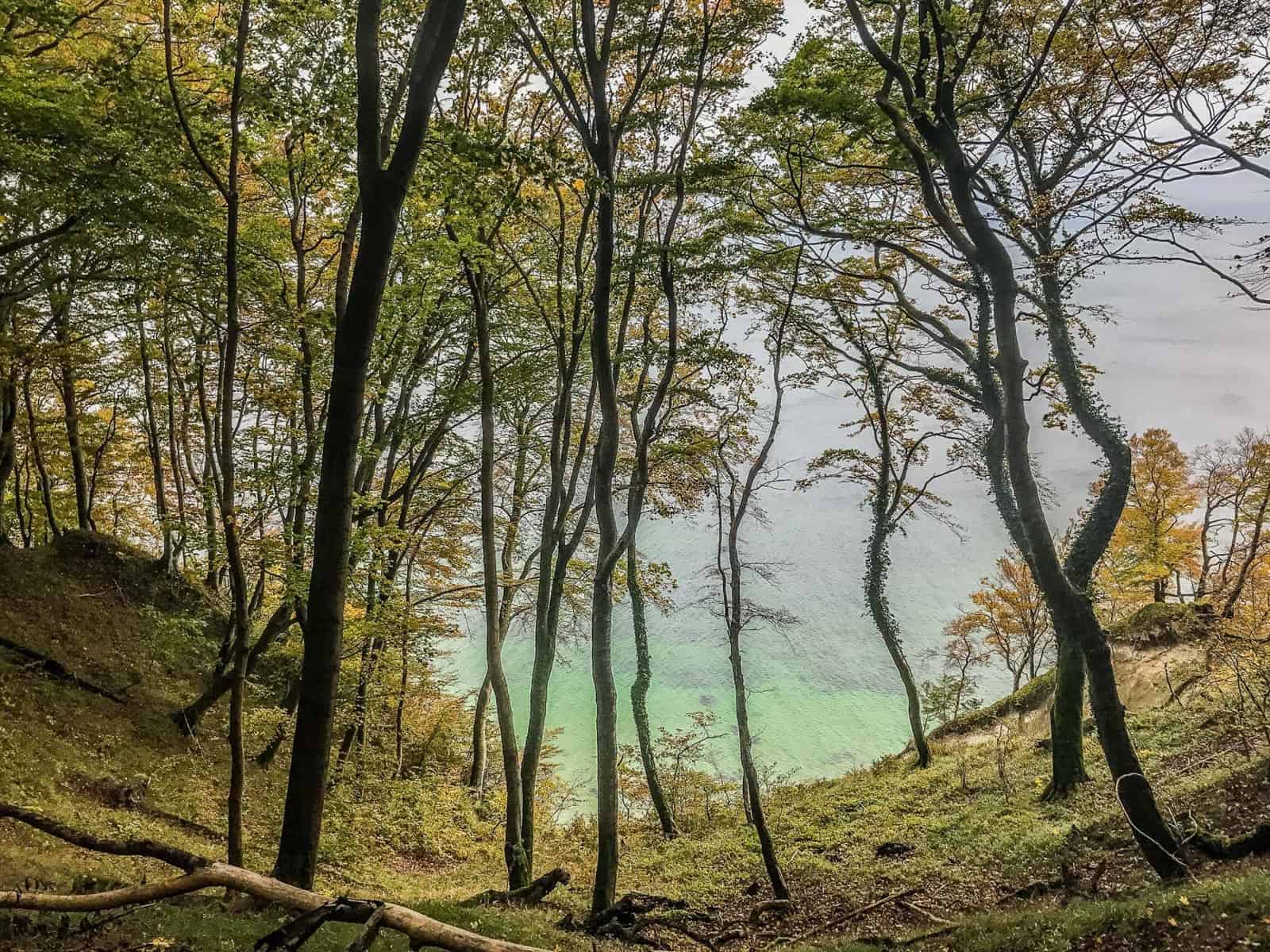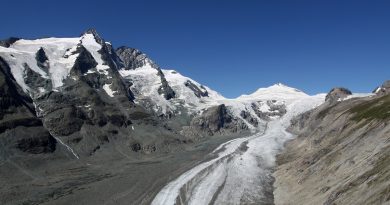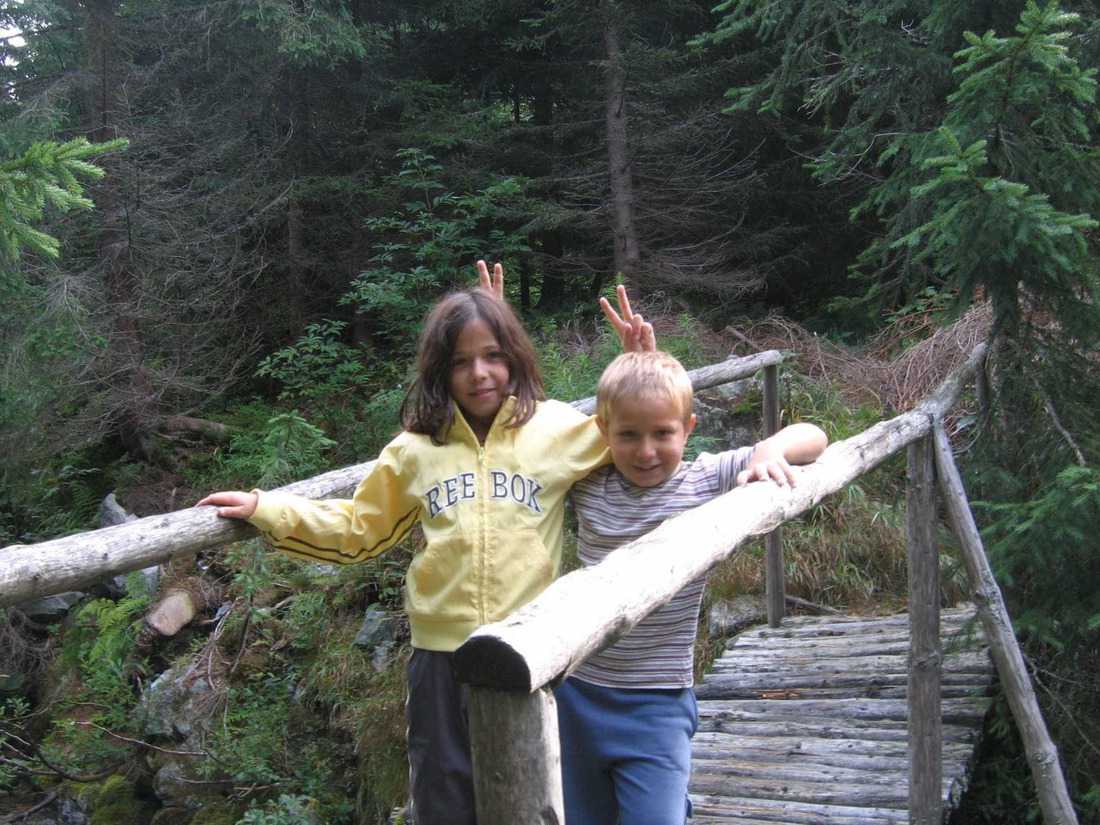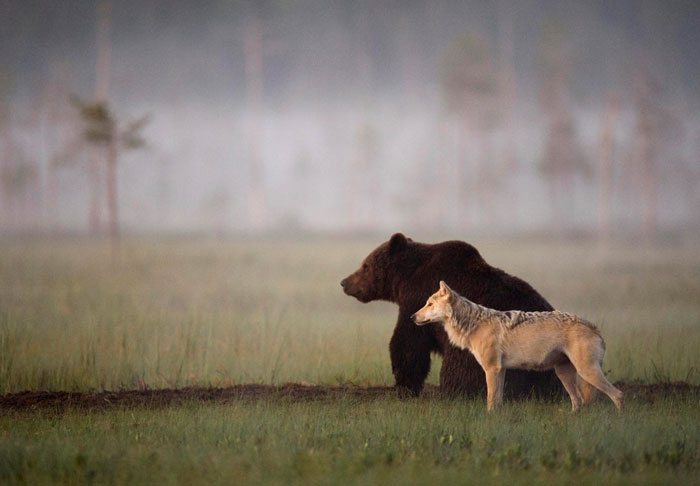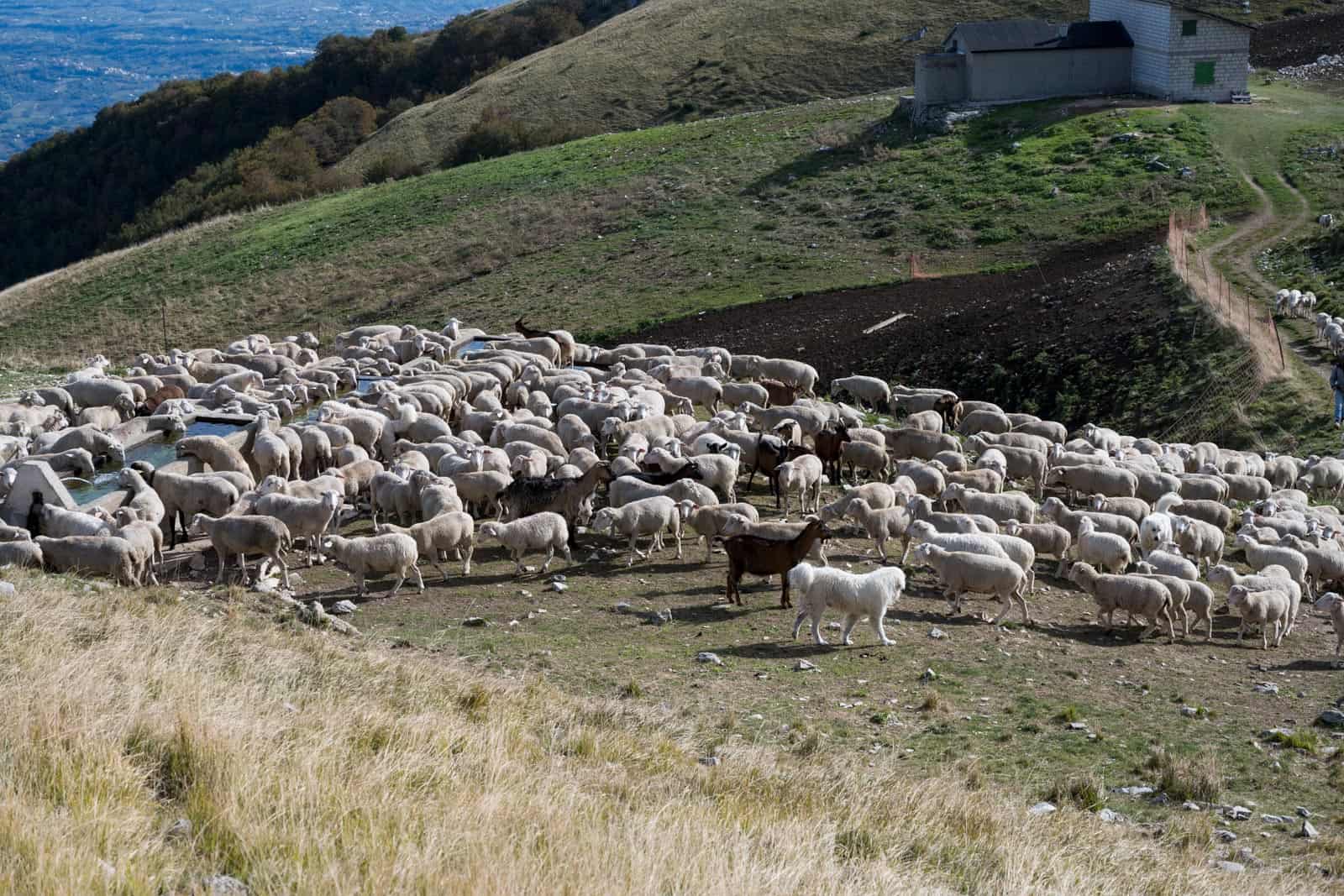World Wetlands Day
The first World Wetlands Day was celebrated on 02 of February in 1997. Since then, this day aims to raise global awareness about the vital role of wetlands for people and planet.
This day also marks the date of the adoption of the Convention on Wetlands on 2 February 1971, in the Iranian city of Ramsar. This convention focuses on the conservation and sustainable use of wetlands globally.
Wetlands vital role
Wetlands play the vital role in sustaining life and supporting biodiversity. Wetlands act as natural safeguards against floods, filter water, and provide habitats for diverse plant and animal species.
The celebration of the World Wetlands Day encourages communities, governments, and organizations to collaborate in preserving these ecosystems. Through educational initiatives and events, the day emphasizes the importance of sustainable wetland management to ensure a healthier planet for current and future generations.

The theme of the World Wetlands Day 2024
The theme for each year is typically decided and announced by the Ramsar Convention, the international treaty that recognizes the importance of wetlands. The Standing Committee of the Convention approves every year the specific themes for World Wetlands Day. For the year 2024 the theme is: Wetlands and human wellbeing.
Wetlands are important for people
Wetlands play a crucial role in enhancing human well-being by providing a multitude of ecosystem services. They act as natural buffers against extreme weather events, serve as natural water filters, improving water quality by trapping pollutants and sediments.
Massive wetlands drainage in Europe
The most extensive wetland drainage in Europe occurred from 17th till the 20th centuries, known as the European wetland drainage period. This period faced a widespread transformation of wetlands, particularly in countries like the Netherlands, the United Kingdom, and parts of Eastern Europe. The drainage was driven by agricultural expansion and the desire to reclaim land for farming and settlement.
The use of drainage technologies, such as windmills and later steam pumps, facilitated the conversion of large wetland areas into arable land. While these drainage efforts contributed to agricultural development, they also led to the loss of valuable wetland ecosystems, impacting biodiversity and water management. Contemporary conservation efforts now emphasize the importance of preserving and restoring these vital ecosystems.
Massive wetlands restoration in Europe
Paradoxically, after a period of massive drainage of wetlands, in the second half of the 20th century, intensive efforts to restore wetlands have been put and continue in the 21st century. Recognizing the ecological importance of wetlands, various European countries have implemented restoration projects to reverse the damage caused by historical drainage and development.
Notable examples include the restoration of the Danube Delta in Romania, the rewilding of the Oostvaardersplassen in the Netherlands, and initiatives in the United Kingdom to revive degraded wetland habitats. These restoration endeavours, often driven by environmental awareness, conservation policies, and international agreements, aim to enhance biodiversity, improve water quality, and mitigate the impacts of climate change.
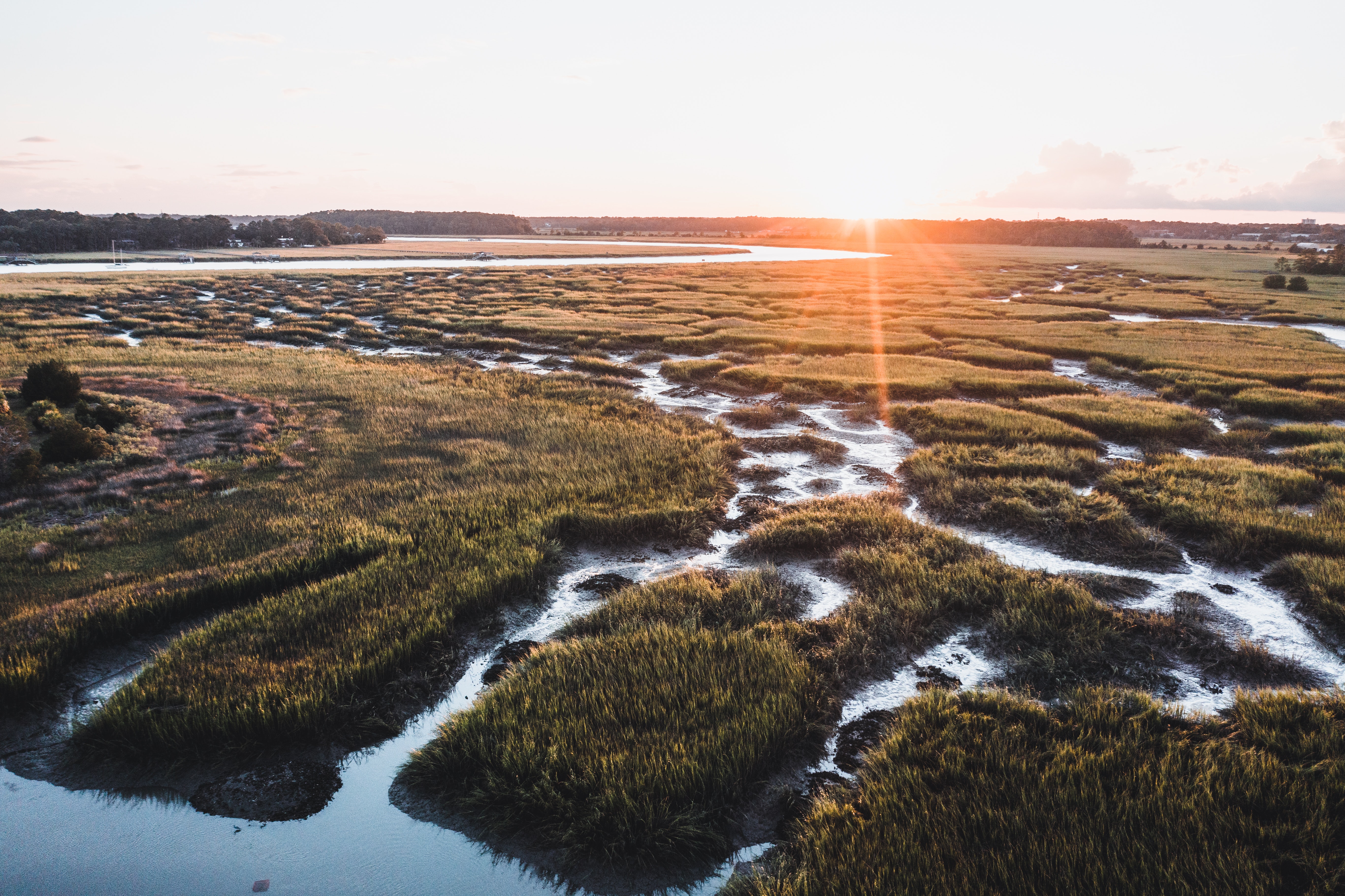
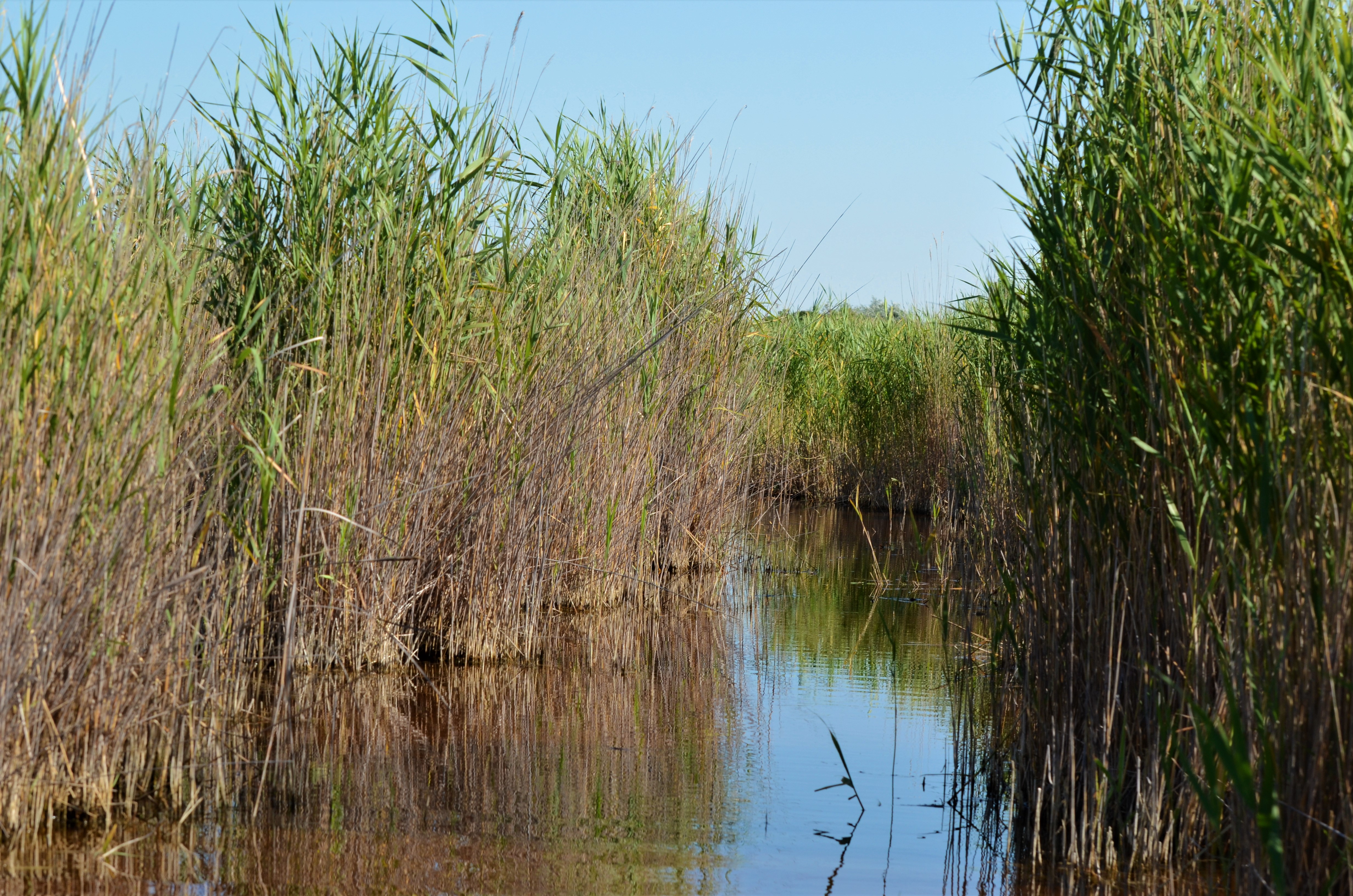

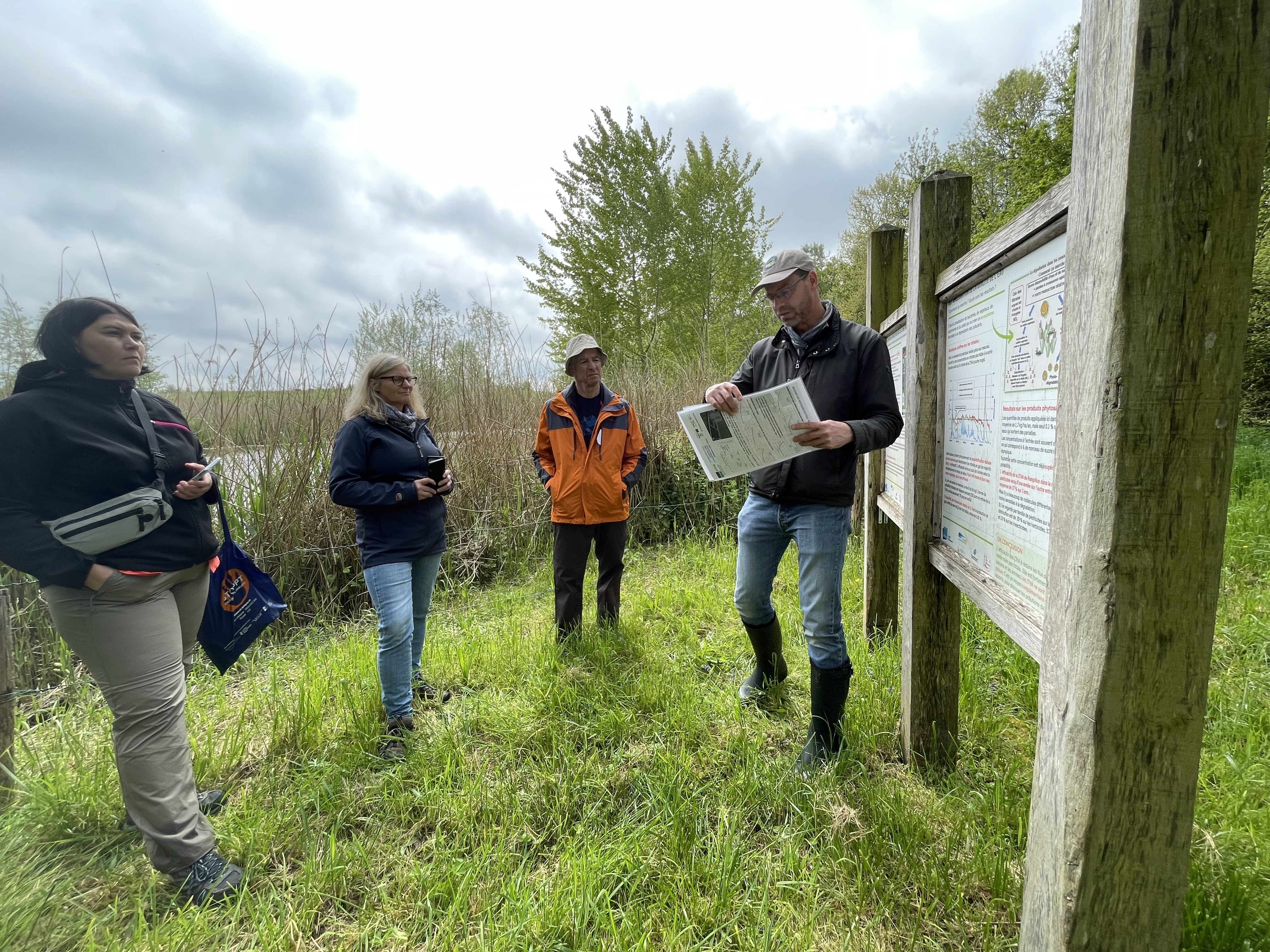

ALFAwetlands project
European Wilderness Society together with the international team of ALFAwetlands Horizon project joins celebration and contributes to the improvement of the research-based knowledge about European wetlands and awareness raising for broarder public.
The ultimate goal of ALFAwetlands is to improve the geospatial knowledge base of wetlands, to evaluate the pathways of wetland restoration that incorporate a co-creation process and to provide information and indicators for sustainability to maximise climate change mitigation, biodiversity and other benefits.
At the local level, 9 ALFAwetlands Living Labs in the different European countries support and integrate interdisciplinary and multi-actor research on ecological, environmental, economic and social issues.
Fore example, one of the Living Lab Finland´s site is Kivalo, which is located just above the Arctic Circle. It represents a drained peatland forest. Peatland restoration at the Kivalo site is done by using continuous cover forestry. There are two different continuous cover forestry treatments used at the Kivalo site. We measure greenhouse gas emissions at nine stations – three in the control area and six in the continuous cover forestry treatment areas. In addition to that, vegetation surveys for biodiversity purposes and biomass studies are carried out at each greenhouse gas station.
Watch the video to find out how vegetation surveys are done and what can be found in different survey plots.
Conclusion
In the observance of World Wetlands Day 2024, global attention converges on the imperative of wetland conservation. This annual event underscores the significance of these ecosystems for biodiversity, water management, and climate resilience.
As we celebrate this day, it is a call to action, urging communities and nations to intensify efforts in preserving and restoring wetlands. By fostering awareness and collective responsibility, World Wetlands Day 2024 stands as a beacon for sustainable practices, emphasizing the crucial role wetlands play in fostering a healthier, more balanced planet.

